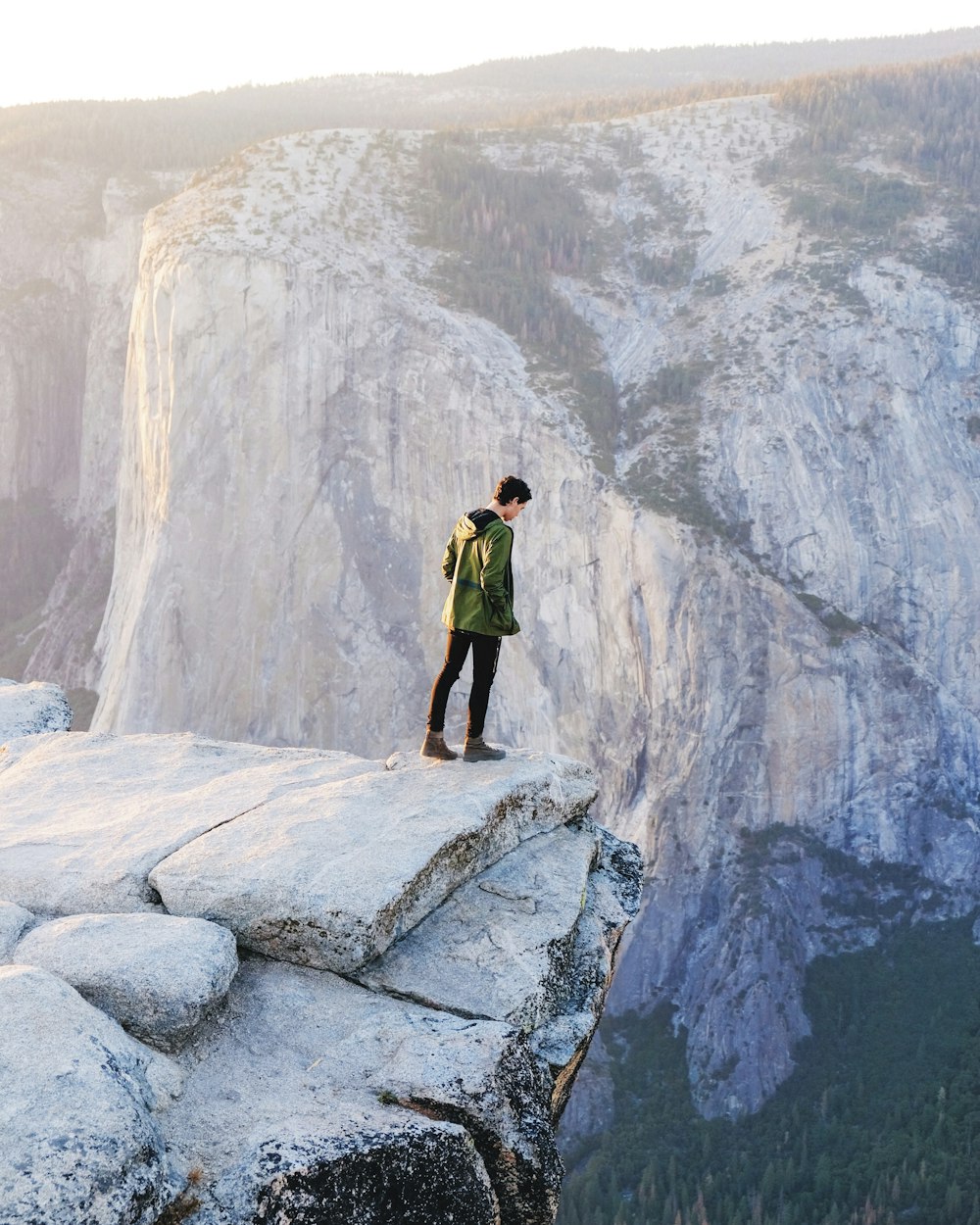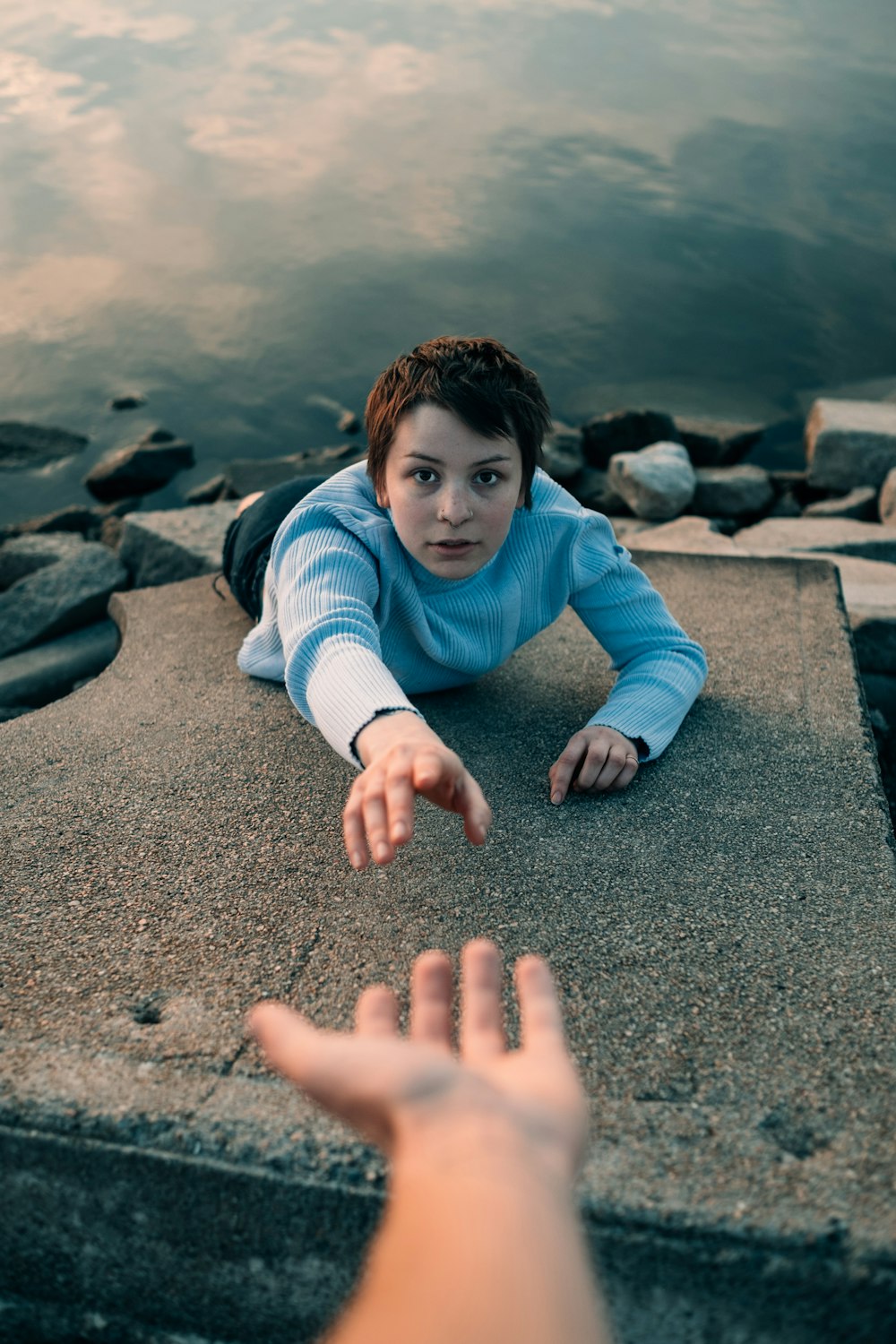Acrophobia: Fear of Heights And How to Overcome It
Read now to stop missing out all the fun due to fear of heights
Mar 23, 2020

Symptoms When You Have Acrophobia
source: unsplash.com
Acrophobia is an anxiety disorder characterized by an intense fear of heights, a person suffering from acrophobia has an irrational fear of high places, it could be lifts, stairs, rooftops, bridges, planes, etc. They stress and panic when faced with the object of their fear which is heights, it doesn’t matter how high. We are not talking about the fear of skydiving, bungee jumping or any other kind of extreme heights, that kind of fear is legitimate. Acrophobia refers to a paralyzing fear that is irrational and unfounded, it could be as a result of past trauma or a false belief.
It has been established that between 2% to 5% of the world's population suffers from acrophobia and it affects women more than men. Such fear can be a real nightmare to live with, it paralyzes the person suffering from it and can stop them from living a normal life. For example, simple tasks like getting on an elevator, looking out the window from the first floor, or crossing a bridge may cause great anxiety and panic, the could even pass out. The fear of heights manifests in different degrees of intensity and the more advanced it is, the more difficult it is for the person to lead a normal life.
source: unsplash.com
Let’s take a closer look at some of the most common symptoms of acrophobia:
- When you think of or are in a high place you feel chest pain, increased heartbeat, shortness of breath, and increased sweating.
- You feel dizzy, sick or lightheaded when you see or think about heights.
- Experiencing anxiety and panic attacks when seeing high places or thinking about having to go up to a high place.
- Feeling like you’re falling or losing your balance when you look up at a high place or down from a height.
- You go out of your way to avoid heights, even if it makes daily life more difficult
- Having extreme fear of being trapped somewhere high up or worrying excessively about encountering heights in the future.
- Fear of injury or death when you have to climb stairs, look out a window, or cross a bridge.
Tests for Fear of Heights
source: unsplash.com
Wondering if you are suffering from acrophobia or your fear of heights is founded? There are assessment tools you can use to test the level of your fear and determine if it is unreasonable or not. There are questionnaires that allow you to assess your
level of fear, for example, if the symptoms mentioned above apply to you or you answer positively to most of the questions, then chances are you have acrophobia.
In addition, you could be tested by a therapist, he/she will be able to tell if you are suffering from acrophobia especially if it’s affecting your daily life. But even if you are diagnosed with acrophobia, rest assured you are not doomed. Though it is often handled on a case by case basis, there are both psychological and physiological treatments suitable for overcoming this disorder.
Is There A Cure For Fear of Heights?
There are several ways to deal with acrophobia, from therapy to medication, with modern technology and natural remedies there’s always a cure for the fear of heights. Here are a few to consider.
1. Cognitive Behavioral Therapy (CBT)
source: unsplash.com
This is the most common method used to cure phobias, and it has proven its efficiency over the years. This technique gradually brings the acrophobe closer to the object of their fear, until they become comfortable and secure around it. For example, you start by looking at pictures of someone standing on a mountain or rooftop, you proceed to watch video clips of people climbing stairs, crossing high bridges, and other kinds of stimuli, until you are comfortable enough to try them yourself. You begin by setting small initial goals, such as standing on a chair or moving a little closer to your balcony railing step by step each day.
2. Visualize Yourself Overcoming Your Fear
Here you use the power of your mind to overcome your fear, you train your brain to visualize yourself in a calm and soothing environment when you start feeling agitated. You could be standing on the roof of a skyscraper but you visualize yourself laying down in your bed or on a beach in the Caribbean. This technique uses your thoughts to rationalize your subconscious and help you maintain control when you feel frightened. The process takes time, focus and practice but gradually yields results.
3. Medication
source: unsplash.com
There are no medications for phobias specifically, however, there are medications that can help manage the symptoms. Beta-blockers, for example, are medications that help keep your blood pressure and heart rate steady as well as reduce other physical symptoms of anxiety-related issues. Drugs such as D-cycloserine (DCS) help increase the benefits of exposure therapy and enhance its effects, prompting you to see results faster.
Other medications such as Benzodiazepines a sedative, helps to reduce anxiety, panic, and many of the other common symptoms to acrophobia, however, they’re typically prescribed for only a short period of time because they are addictive.
4. Virtual Reality
source: unsplash.com
You may be wondering how VR could possibly help someone overcome acrophobia, but in fact, the rise of new technologies has been very helpful in getting people to face their fears in a safer and familiar setting. With the use of virtual reality, an acrophobe can overcome challenges he could never have imagined before. This method requires the use of computer software to create the simulation of experience in real-time with an option to stop at any moment with the push of a button. VR helps the patient immerse themselves in their fear right in the comfort of their living room.
A 2018 study looked at the effects of VR on 100 people with acrophobia. Participants only experienced low levels of discomfort during VR sessions and many reported that VR therapy was helpful. Moreover, VR technology is easily accessible, affordable, and can be done at home.
Natural remedies
5. Relaxation Techniques.
source: unsplash.com
When suffering from phobias relaxation techniques can help you cope with your anxiety. Meditation, progressive muscle relaxation, controlled breathing, and aromatherapy are some natural techniques that may help overcome acrophobia. When you feel overwhelmed, you could resort to surrounding yourself with soothing scents such as eucalyptus, lavender, and other relaxing essential oils used for aromatherapy. Other forms of relaxation such as a massage can also be a huge benefit if you are acrophobic. Anything that takes your mind away from the source of your panic is a good idea, people have been known to use sex to combat anxiety, so long as it works for you.
6. Breathing Exercises
When you feel anxious, you forget to breathe correctly and this makes your anxiety even worse, so, to reduce your symptoms you need to get lots of oxygen into your brain and this can be done by taking deep, regular breaths, doing exercises that help you breathe better, for example, certain yoga poses can be very helpful. Even cardio and other forms of exercise are a good way to ease breathing and stopping your phobia from taking control of your body.

Filled with disgust with small irregular patterns? You are not alone
Summary
image source: unsplash.com
Whichever method you choose to use, you should bear in mind that phobias are first and foremost psychological before manifesting physiologically, so any external solution is barely temporal, to fight it permanently you’ll have to do psychologically. Sometimes acrophobia could be the result of a traumatic event in your childhood or past, when you deal with the PTSD, the phobia goes away. In some cases the cause is unknown, there’s no logical explanation for it. Both cases require a lot of focus and determination to overcome.











